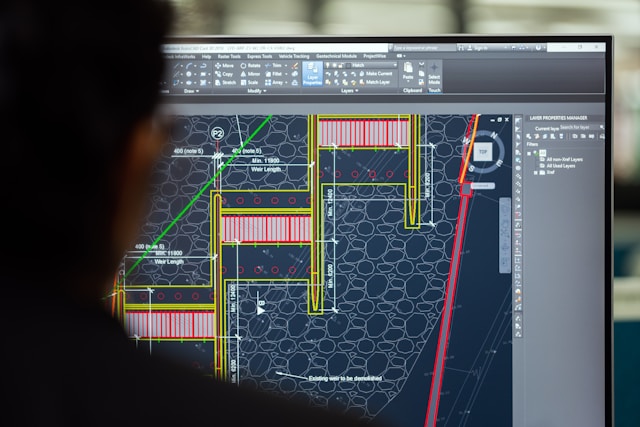
So, you have a passion for interior design and want to turn it into a full-time profession. Enrolling in an interior design course is the best decision you can make.
But what exactly does an interior design course teach? And how will it prepare you for the professional world? These questions are completely understandable.
Here’s a short guide explaining what exactly an interior design course teaches:
Design Fundamentals
Interior design courses, especially those designed for complete beginners, begin with theoretical lessons. You will learn basic concepts, such as space, line, form, texture, and pattern.
An interior design course also teaches basic design principles, such as:
Balance – the art of achieving equilibrium in the arrangement of elements
Scale and proportion – making sure all elements are appropriately sized
Emphasis – creating a focal point in a given space
Harmony – making sure all elements work together to create a cohesive look
Some courses teach the history of architectural design to provide context for contemporary interior design elements.
Color Theory
Next, you’ll learn how universal color principles are used to create visually appealing and functional spaces.
For instance, the instructor will explain how different colors impact the perception of a given space. Warm colors tend to be more energetic, so they make the space appear inviting. Whereas, darker colors create a sense of intimacy, so a space feels cozier. The same goes for cool and dark shades. Lighter colors can make a room appear spacious.
You’ll also learn how different arrangements of color convey varying visual effects. Examples include:
- Monochromatic
- Analogous
- Complementary
- Triadic
Spatial Planning
Once your theoretical concepts are strengthened, interior design courses facilitate practical learning. First off, there is spatial planning. Students learn to arrange and organise spaces efficiently. They are taught to keep in mind traffic flow, spaciousness, and functionality.
For instance, a design course might teach you the art of zoning. It involves transforming a space into functional areas, depending on the intended use.
Technical Aspects
A large portion of an interior design course is dedicated to technical learning. Students learn to create detailed technical drawings, such as floor plans, elevations, and sections.
Interior design courses also teach how to use design software, such as AutoCAD and SketchUp. Lastly, students learn to make 3D models of their designs to ensure visualisation.
Emerging Trends in Interior Design
The world of interior design is rapidly evolving. Designers need to stay on top of the latest industry news, findings, and trends. A well-rounded interior design course helps you do just that.
The course outline changes with the latest technological advancements. The modules are taught by handpicked tutors who are experts in their specific interior fields.
Portfolio Building
Reputable interior design teaching institutions prepare you for the professional world. They follow a project-based approach, which means students are required to submit assignments. This boosts practical learning and fosters skills like time management and critical thinking.
The models and assignments you submit contribute to a well-rounded portfolio. It helps you avail high-paying opportunities. Lastly, final project presentations and panel critiques help improve your skills.




